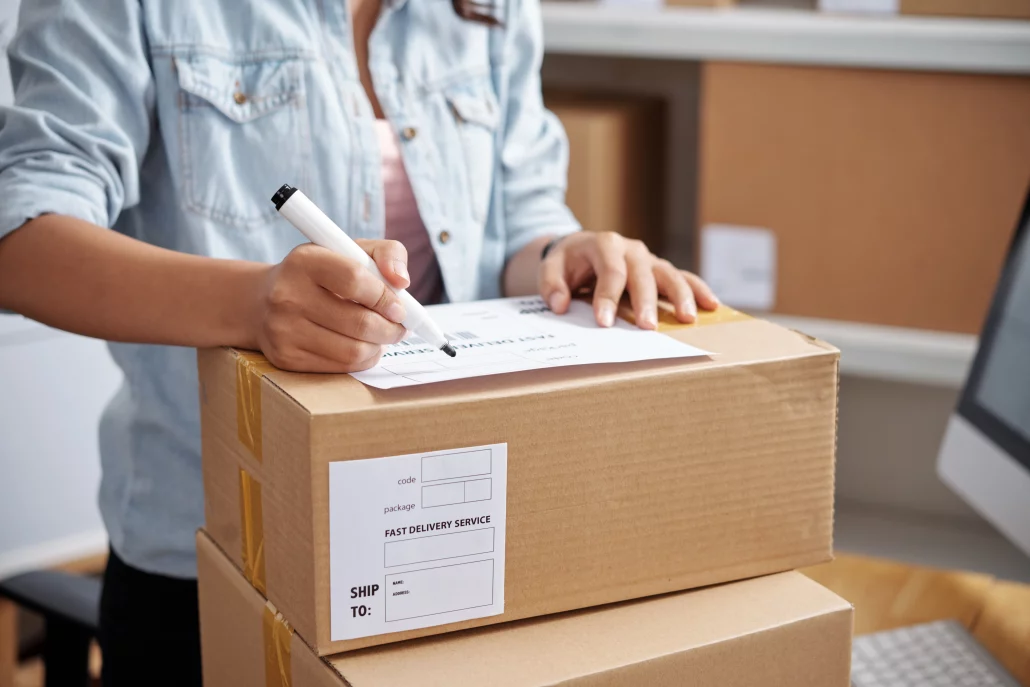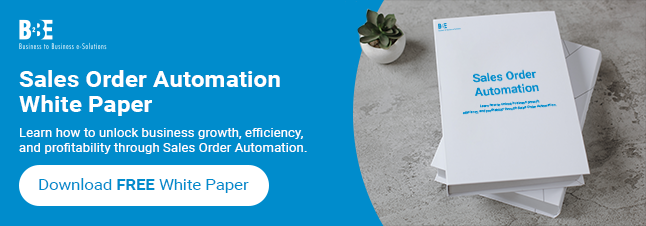In this article, we outline how purchase orders work by reviewing each key step from creation through to order fulfilment and receipt.
When it comes to the world of commerce, it is important to understand the fundamental processes and documentation involved in purchasing goods or services. Those new to business or procurement roles might be wondering about the concept of a purchase order (PO). Questions might arise like: What is a purchase order? How does it function within the broader scope of business transactions? How do purchase orders work?
Understanding purchase orders
A purchase order is a document issued by a buyer to a seller, outlining the details of a transaction. A buyer is often the department that initiates the procurement process and identifies suitable suppliers of goods or services. A seller, on the other hand, is also known as a vendor or supplier who manufactures the goods, delivers the products, or provides the requested services to the buyer.
The buyer is typically the one issuing the purchase order while the supplier is the one who receives it. The primary purchase of having a purchase order is to formalise the agreement between the two parties and also ensure the terms and conditions are clear and understandable.
Watch our video round-up below:
How do purchase orders work: key steps
There are a few important processes to follow after receiving a good or service:
- Creation: The need to create a purchase order may arise when products require replenishment or a new project comes into place. Firstly, the procurement team initiates the creation by entering important details into the system or software. These details include the item or service description, quantity, unit price, delivery date, and any other terms or conditions.
- Approval: Once the purchase order is drafted, it undergoes an approval process to ensure accuracy and compliance with company policies and budgetary constraints. The approval process serves as a checkpoint to verify that purchases are justified, within budget, and aligns with company’s objectives.
- Authorisation: Sometimes the purchase order requires authorisation from various stakeholders, whether it is the department head, finance personnel, or procurement manager.
- 传动装置: After approval, the purchase is sent to the supplier electronically. This communication serves as a formal request to fulfil the order as specified within the document.
- Review: The supplier reviews the purchaser order to confirm the terms and conditions, including pricing, quantities, and delivery instructions. Once accepted, the supplier acknowledges receipt of the purchase order and begins processing the order for fulfilment.
- Order fulfilment and receipt: Once the supplier receives the purchase order, they proceed with fulfilling the order. The buyer, in turn, receives the goods or services according to the agreed-upon terms and conditions. Upon receipt, the buyer verifies the contents of the shipment or service delivery against the details specified in the purchase order to ensure accuracy and quality.
总结
In summary, purchase orders work by creating a transparent and efficient transaction between buyers and sellers. Understanding the steps involved in how purchase orders work help to ensure clarity and accountability while navigating the procurement process.
Streamline your purchase order when you work with our sales order automation tool. Learn more about B2BE’s Sales Order Automation solution.
关于B2BE
B2BE在全球范围内提供电子供应链解决方案,帮助企业更好地管理其供应链流程,提供更高的可视性、可审计性和控制性。我們以對工作的熱情為動力,以創新為靈感,以豐富的知識為依托。B2BE团队拥有20多年的经验,在世界各地开展工作。
欲了解更多信息,请访问 www.b2be.com.

